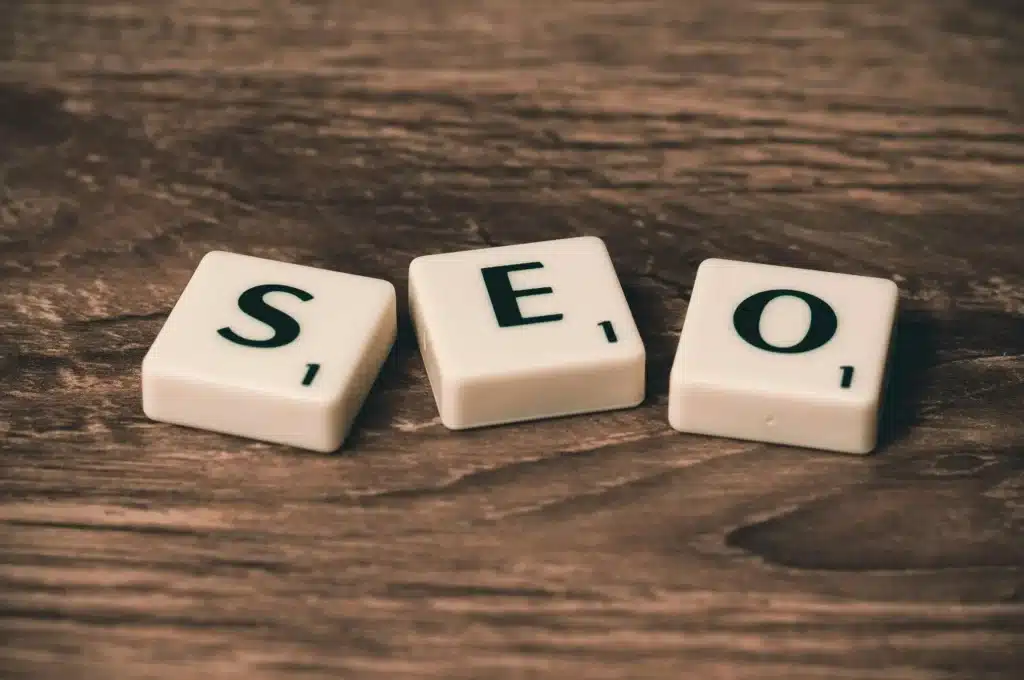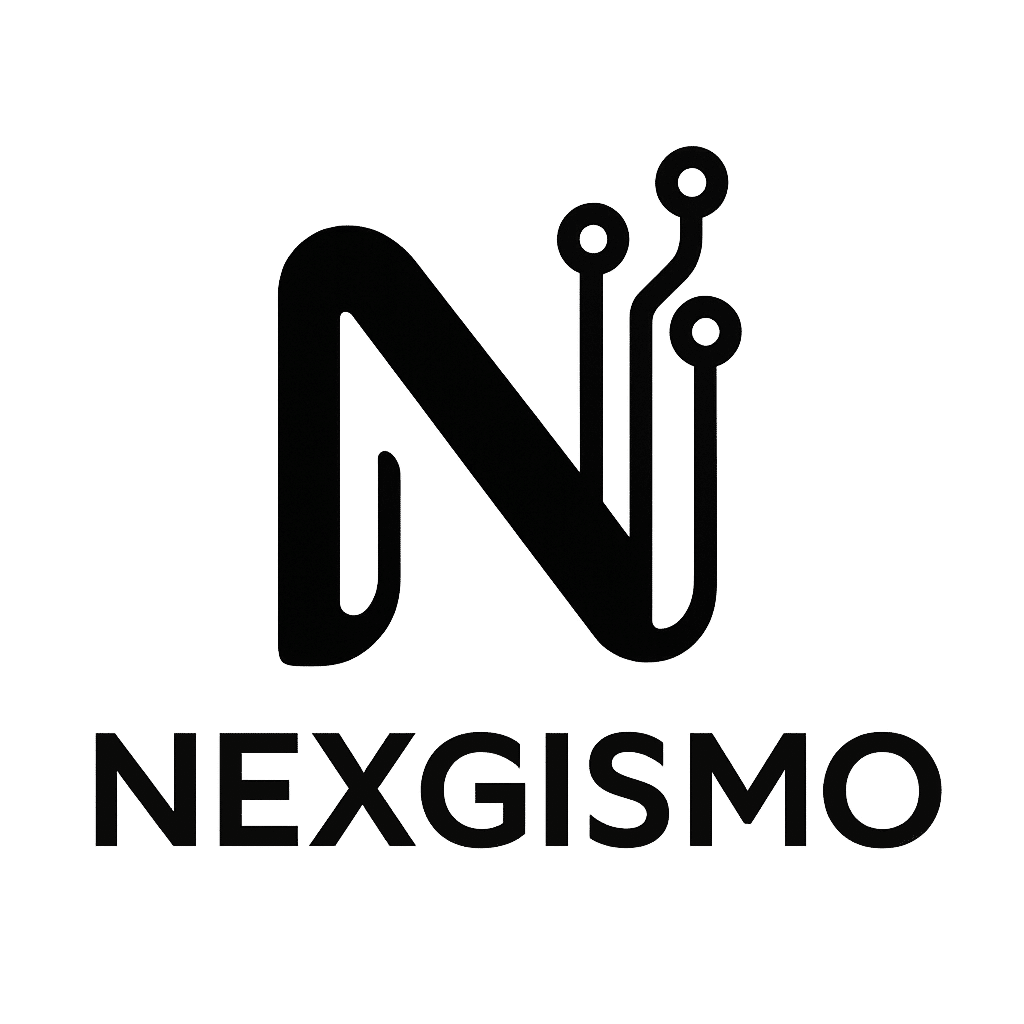
How AI and Machine Learning are Changing SEO in 2024
In the ever-changing world of digital marketing, search engine optimization (SEO) practices have continued to be the definitive technique for success if one has a website. Today, now that it’s almost 2024, it is evident that AI and ML are being incorporated into SEO practices even more than before.
These are not just trends; they are also modifications that are affecting how search engines rank websites and create marketing content. This blog will discuss the application of AI and ML in SEO and give useful information about how you can work effectively.
Table of Contents
What Are AI and Machine Learning?
Before further discussing how they affect SEO, it’s important to clarify their meanings, AI and ML:
- Artificial intelligence (AI): AI refers to systems that are designed to be able to accomplish tasks that normally require human intellectual capacity, for example, language comprehension and pattern recognition.
- Machine Learning (ML): ML means the ability of computers to analyze data and subsequently enhance their outputs without the need to learn how to code the performance.
The Influence of AI and ML on SEO
1. Improved Search Algorithms

The search algorithm used by Google is no longer static and there are several developments that have come up as a result of incorporation of acts of AI and ML. One of the modifications includes inclusion of AI System known as: rank brain, which acts to make Google understand the meaning and purpose of abstract words in order to create proper searches.
There are articles in search engine journal states that RankBrain is one of Google’s algorithms which makes use of machine learning in processing order from the users in regard to the user’s query and hence aids the search engine in providing more accurate search results. It forms part of the Hummingbird update of Google and aids in understanding new long queries and keywords which have never been searched before. Search engine journal on Rankbrain.
Do focus to create content which precisely and thoroughly answers users’ queries in the same manner as this intended purpose of RankBrain matches with content and queries.
2. Enhanced User Experience (UX)

User behavioral metrics such as dwell time, bounce rate, and click-through rates can only be analysed using AI and ML. These are some of the factors that search engines take into consideration so as to rank pages and these pages rank highly for the best user interaction.
A study by Backlinko highlights that factors like page load time and mobile-friendliness are critical for SEO performance. From their examination of approximately one million indexed Google documents, low bounce rates and increased engagement over other related matrices were common among higher ranked documents.
Increase the load speed of your site, make it accessible and comfortable to use on mobile devices, and create intuitive links in sections and sections themselves.
3. Voice Search Optimization
As AI based voice assistants technology is growing with the integration of applications like Google Assistant, Alexa and Siri voice search optimization is becoming a necessity. Voice interventions in searches are equally effective since users often use conversational expressions. This means that content must equally target natural language processing long tail keywords and not just short keywords.
As reported from Voicebot.ai, the growth in the use of voice assistants continues unabated with the 2021 Smart Speaker Consumer Adoption Report indicating that 90.1 million adults in the USA possessed smart speakers which in turn enables Voice search optimization.
Achieve better voice search results by inserting into your content, long tail keywords and conversational wordings that fit against voice search.
4. Content Creation and Optimization
New technologies are changing the ways in which content is created and optimized including content optimization. GPT-4 is content generation software developed by Open AI that mimics human writing making work easier for marketers with regard to the generation of quality content reasonably fast. More so, AI-powered SEO tools offer to optimize the content that gets your website, and source from the web, suggesting improvements in content such as the density of target keywords and readability.
Open ai’s GPT4 tool has proved its effectiveness in writing either informative or argumentative articles. The editor can write articles, summaries, and even creative writing that closely mimics human writing patterns.
Utilize AI technologies to support areas in your writing such as grammar and style using tools such as Grammarly and use Clearscope for incorporating the appropriate keywords throughout the piece of writing.
5. Predictive Analysis
Predictive analysis is a predictive strategy that leverages the resources of AI and ML to forecast the probable outcomes based on the past events. In SEO, it helps target potential keywords and audience which in turn helps in preparing content ahead of the ongoing trends.
An article published by the resources of Mc Kinsey Digital explains how could the progress of predictive analysis assist in decision making and strategy formulation in other business areas like digital marketing. They mention that organizations engaged in the use of predictive analytics surged the likelihood of reporting revenue growth at the rate 2.9 times more than what was the average rate in the market.
Predictive analytics tools can be employed to observe the evolution of clients’ requests and the corresponding changes in the content strategy can be made in advance.
Conclusion
It is so clear that AI and machine learning have and continue to change the face of SEO with a much more dynamic and user friendly approach. There is a huge need to comprehensively appreciate and exploit these platforms to be able to change the dynamics, improve the SEO strategy, and manage the clients in the digital market. Challenge yourself to adapt, and you will be better prepared and ready for the successful operation in the year 2024 and after.
